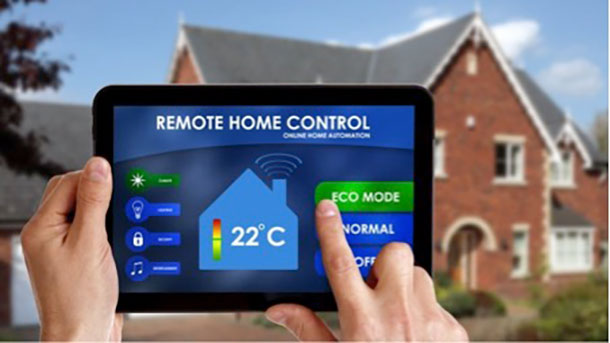
TORONTO – While trends in the smart energy market change continually according to reach individual region, there is little doubt that growth is prevalent across the sector as a whole.
This is supported by a new report that has been released by the U.S. market intelligence firm HIS Technology, which was commissioned to determine the global demand for smart technology within the home. The findings were startling, with the U.S. sector of the market expected to expand by $4 billion by the year 2025.
With the market expected to expand at a rapid pace during the next decade, it is worth considering what factors are triggering this growth. The primary factor is undoubtedly the rise of energy-efficiency mandates in nations such as the U.S. and the UK, which are usually backed by government bodies and offer a financial incentive to home-owners that participate. Alongside changing values and the fact we live in an increasingly knowledgeable and Eco-friendly society, this is creating a demand for smart devices and technology that continues to rise exponentially.
Another factor at play is advancements in the prevailing technology, which is enabling a larger number of individual devices to be connected through a single, wireless protocol. This has huge connotations within the market, as property owners can now create fully intuitive and interconnected homes that drive energy efficiency and reduce the resident’s typical cost of living. With real estate firm Propertyrescue.co.uk estimating that the British government will look to cut annual energy consumption by a total of 11% by the year 2020, it is clear that smart technology will play a significant role in this.
It is little wonder that the market for smart technology is continuing to boom, especially as increased awareness and energy-efficient mandates drive demand and innovation to exalted levels. This trend is set to continue for the foreseeable future, particularly as firms develop new products to capitalise on increasingly fluid technology.
Despite this, it is unlikely that growth within the market will continue at its current pace beyond 2025. Even allowing for continued innovation and the development of new, multifunctional smart devices, we can expect the sector to reach its saturation point prior to 2030. For now, however, it is enough to celebrate the growth of this market and the positive impact is having in homes and on the environment.
